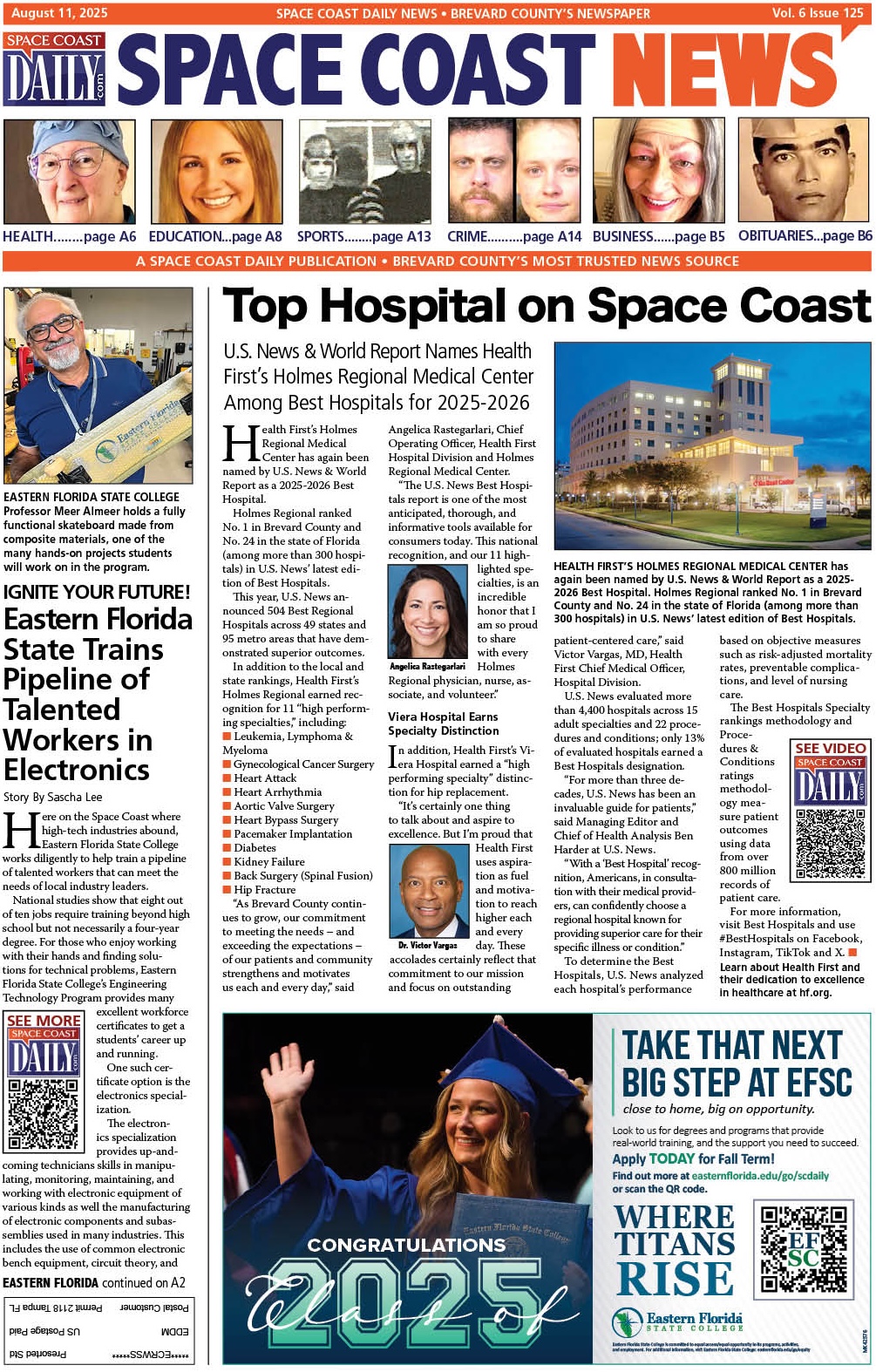Top 5 Digital Trends That Will Change Education
By Space Coast Daily // July 29, 2021

For years, the education sector has held on to old methods. They approach technology and digital trends with hesitancy, reluctant to adapt to advanced features because they fear change.
Now, teachers and students are becoming more in touch with the tech trends around them; online education is conquering the world right now. For students, technology has taken on a whole new meaning. With the arrival of these trends, everything has been changing.
Now students can find free college essays and articles online, watch YouTube videos, or use other educational resources. All these are welcome parts of the trend that make everything easy for students and even teachers to disseminate and absorb information for proper learning fully. Let’s look at a few examples of these trends.
The Availability of Online Education
This particular example is probably the most helpful to teachers and students alike. For college students, the advent of this online education can help to personalize learning as they can use the internet at their leisure.
Teachers can use the internet to improve their knowledge on topics before they go to class, making them more confident in teaching. YouTube, Khan Academy, Google, Wikipedia, and many more useful sources can be used to get reliable information on any course of study.
Use Of Virtual Reality In Learning
Some concepts can simply not be grasped by just talking about them. Sometimes, what a student needs is a first-hand immersive experience that will spark their creative imagination.
Virtual reality will provide that for them. It is one of the best technology trends in education that can open a whole world of possibilities to students and teachers. It helps students see the learning process as fun and enjoyable, unlike the old and boring traditional teaching methods.
With virtual reality, students are inspired to use their imaginations and interact with each other to exchange experiences on what they have seen.
VPN stands for “virtual private network.” It’s a digital tool that allows users to browse the internet safely and privately. Once you install it on your device, you can use it to hide your online activities, IP address, and location from other people online. See more about VPNs.
Use Of Artificial Intelligence
As teachers, sometimes you have up to forty students in a class. You are assigned the task of teaching and making sure each of these students understands what is being taught; simultaneously, you have to grade their homework and tests. It can be quite a lot.
Artificial intelligence will lessen this load by making quick work of all these, giving you, as a teacher, ample time with each of your students. Such artificial intelligence can alert teachers to gaps in their lectures, offering better ways by which lectures and courses can be improved for better understanding.
Security
Technology trends have also brought with it advanced methods of security. We have sensors, state-of-arts cameras, etc., for keeping our students in and unwanted threats out. This technology did not stop at physical prevention. Digitally, there are several firewalls, VPNs, and protections that increase security and keep threats away.
The online world is such a wide, wild mess, and these security methods must be in place to keep hackers, bullies, and frauds away from our space. In a world where our credit card numbers, pins, and account details are exchanged online, these forms of security are a welcome trend.
Accessibility
Now, we have a wealth of information at our fingertips. This is particularly great for university students who need as much extra help as they can get.
With the advent of this trend, you can access many articles pertaining to your courses online for free! You can also watch different video tutorials, read essay examples, listen to podcasts or audio lessons; there is no limit to the information you can get from the internet.
Conclusion
The traditional teaching method is fast losing touch among students, and soon, getting them to stay interested in learning would be a problem. More trends are coming, so the education sector needs to lose its hesitancy and embrace them for the general good.












